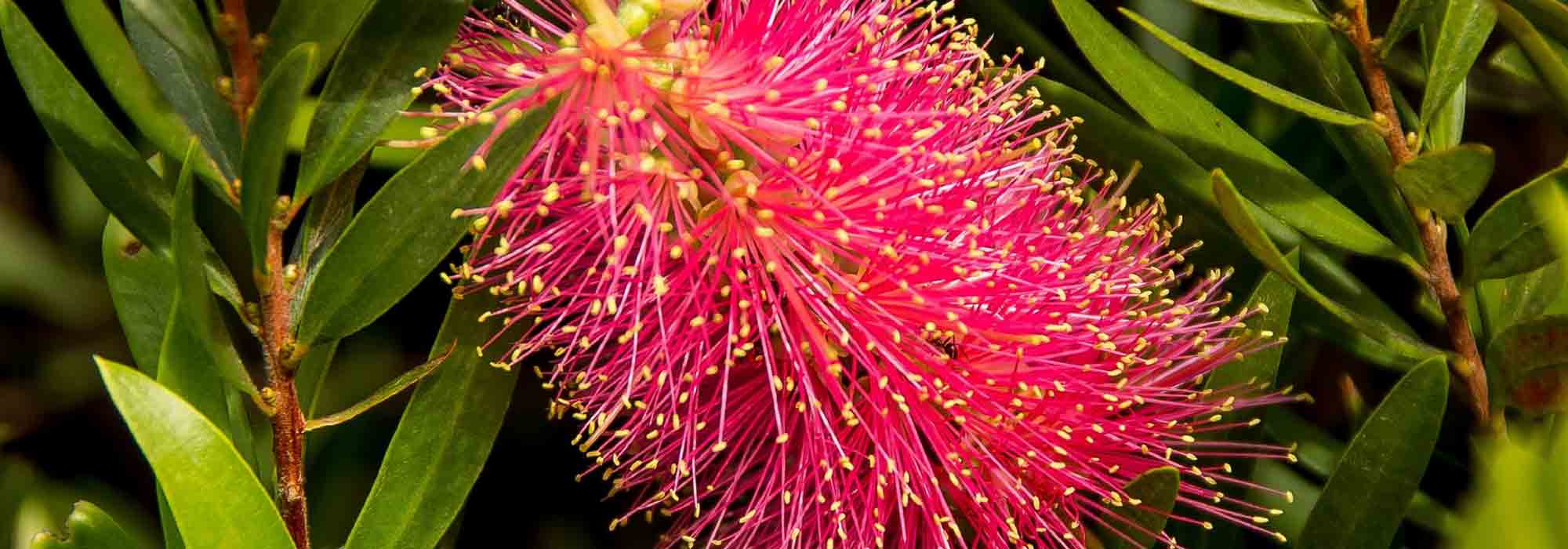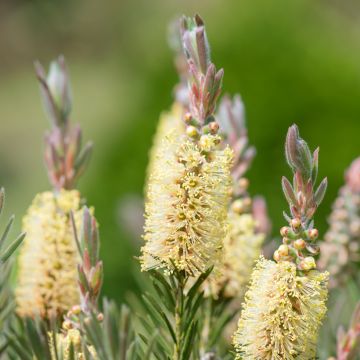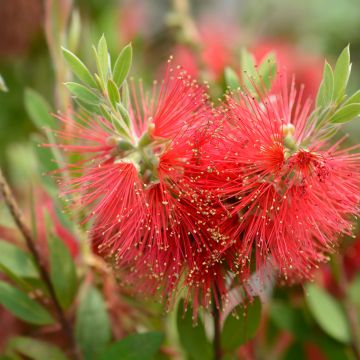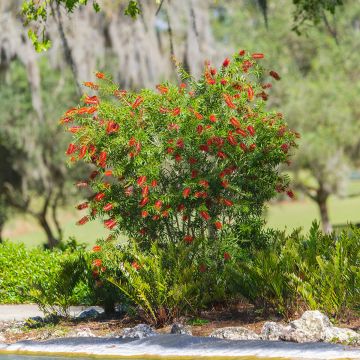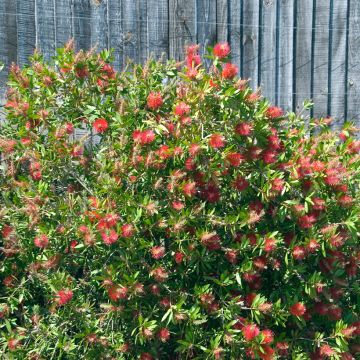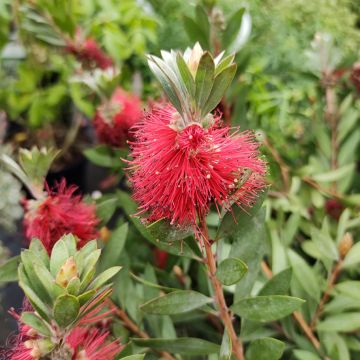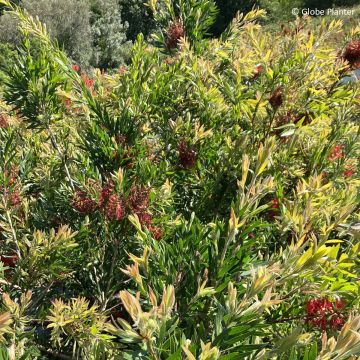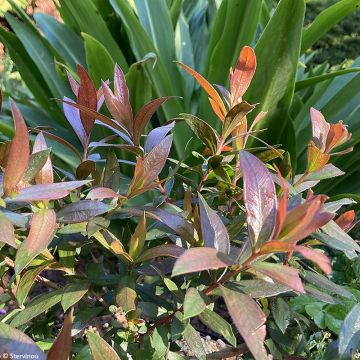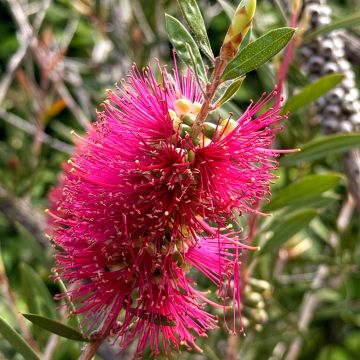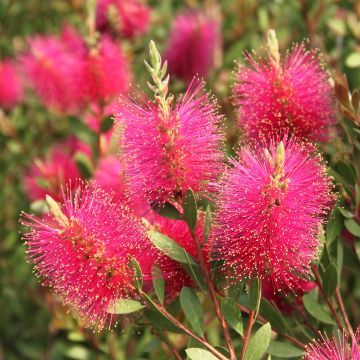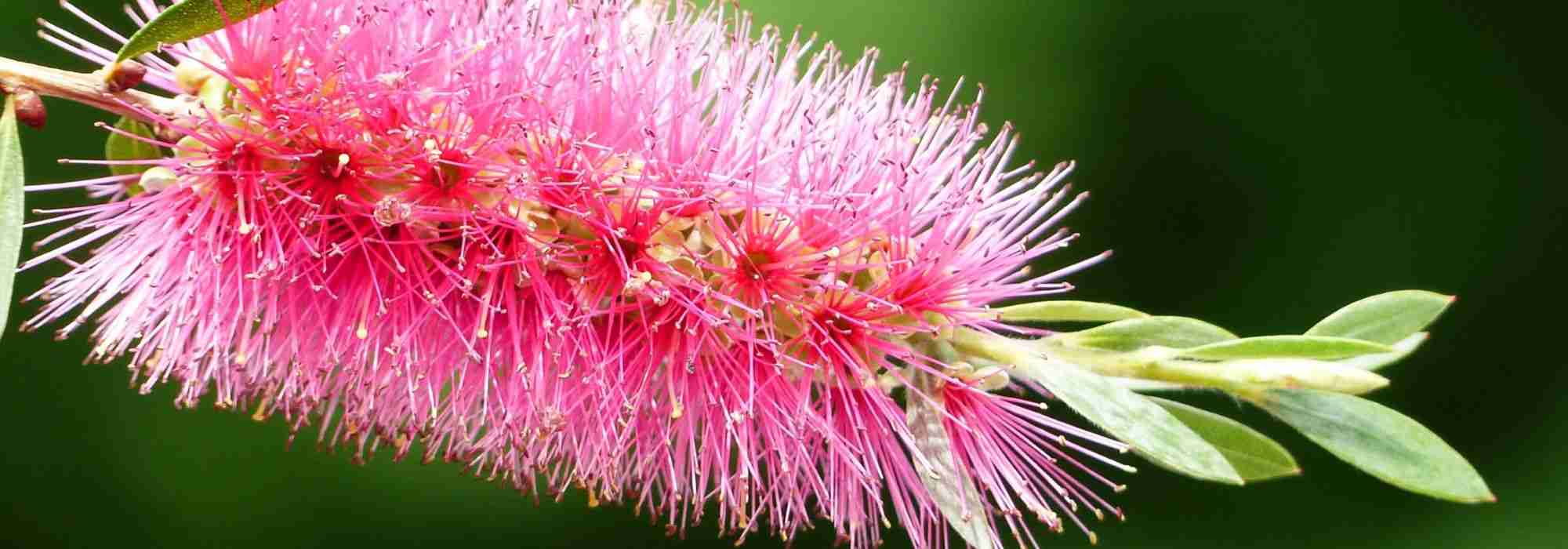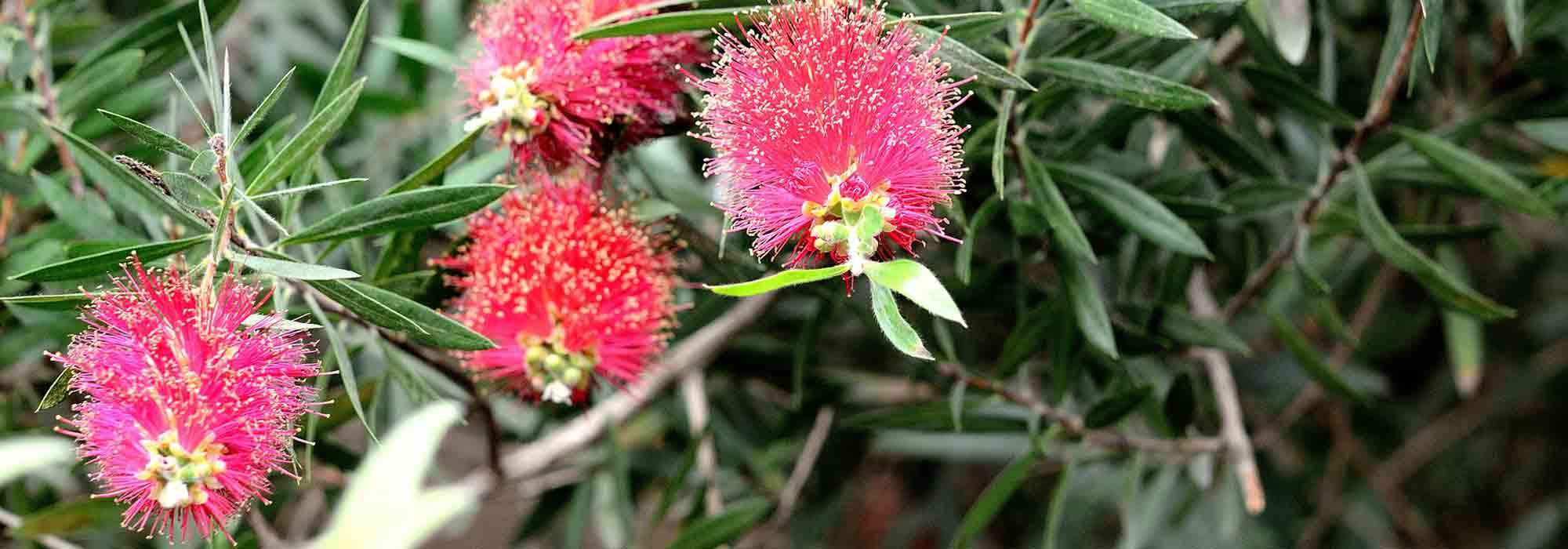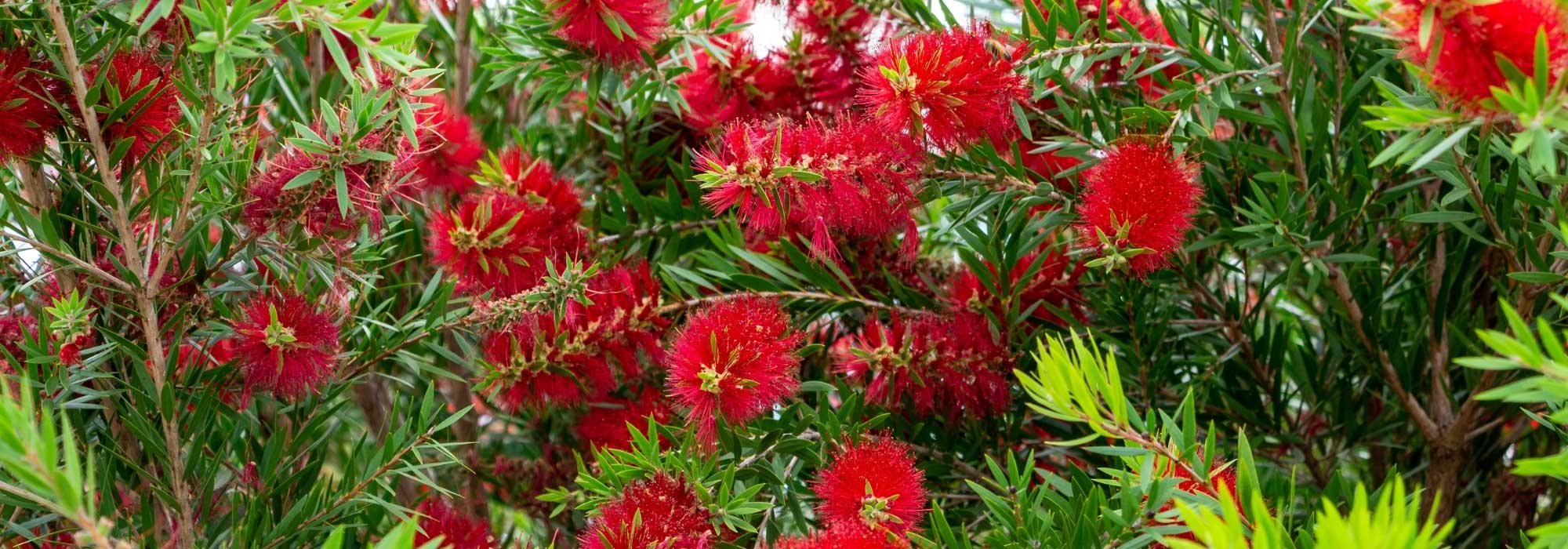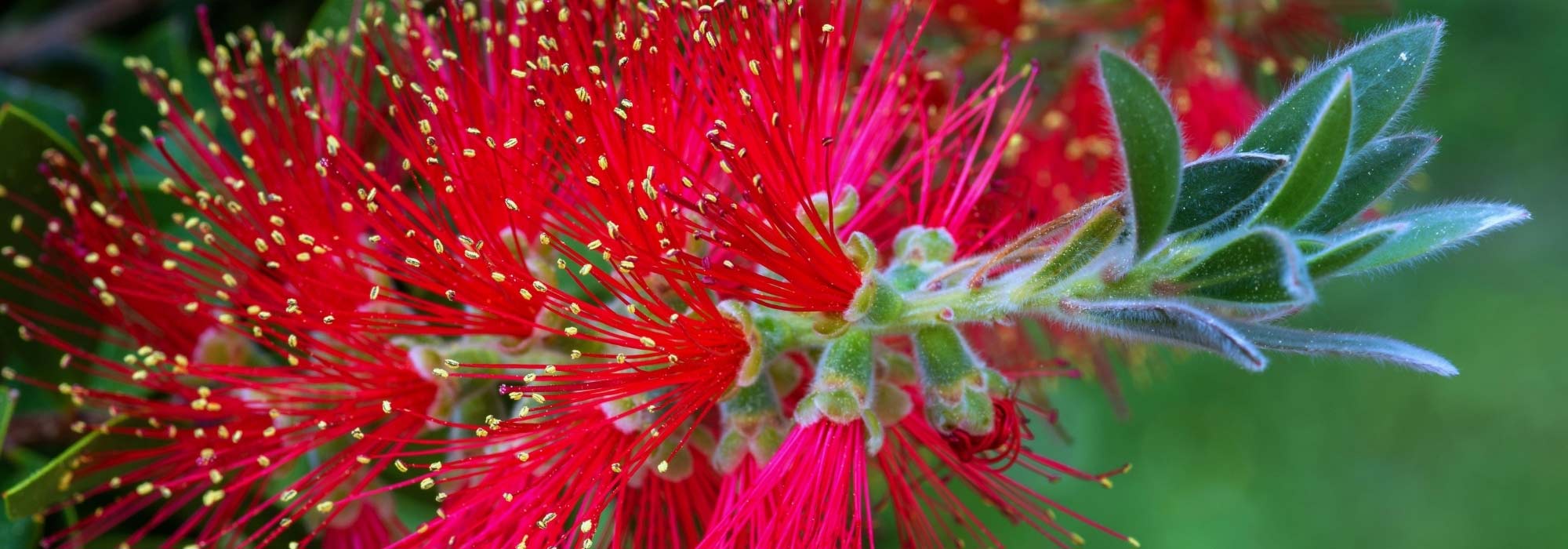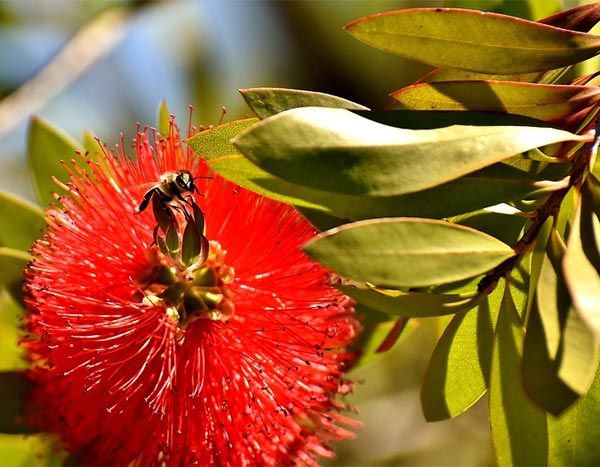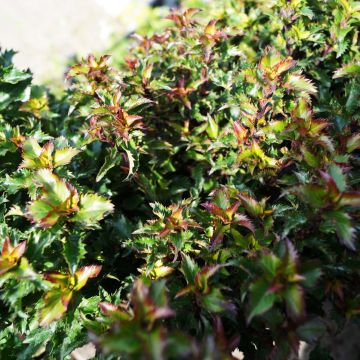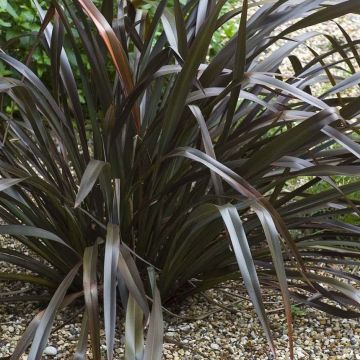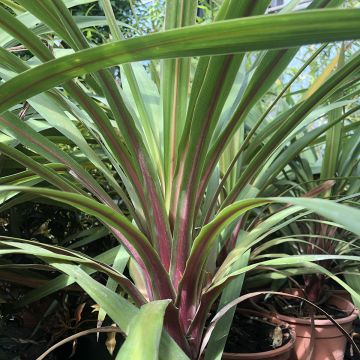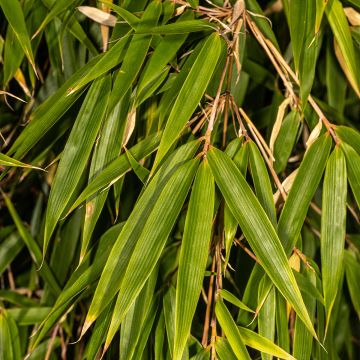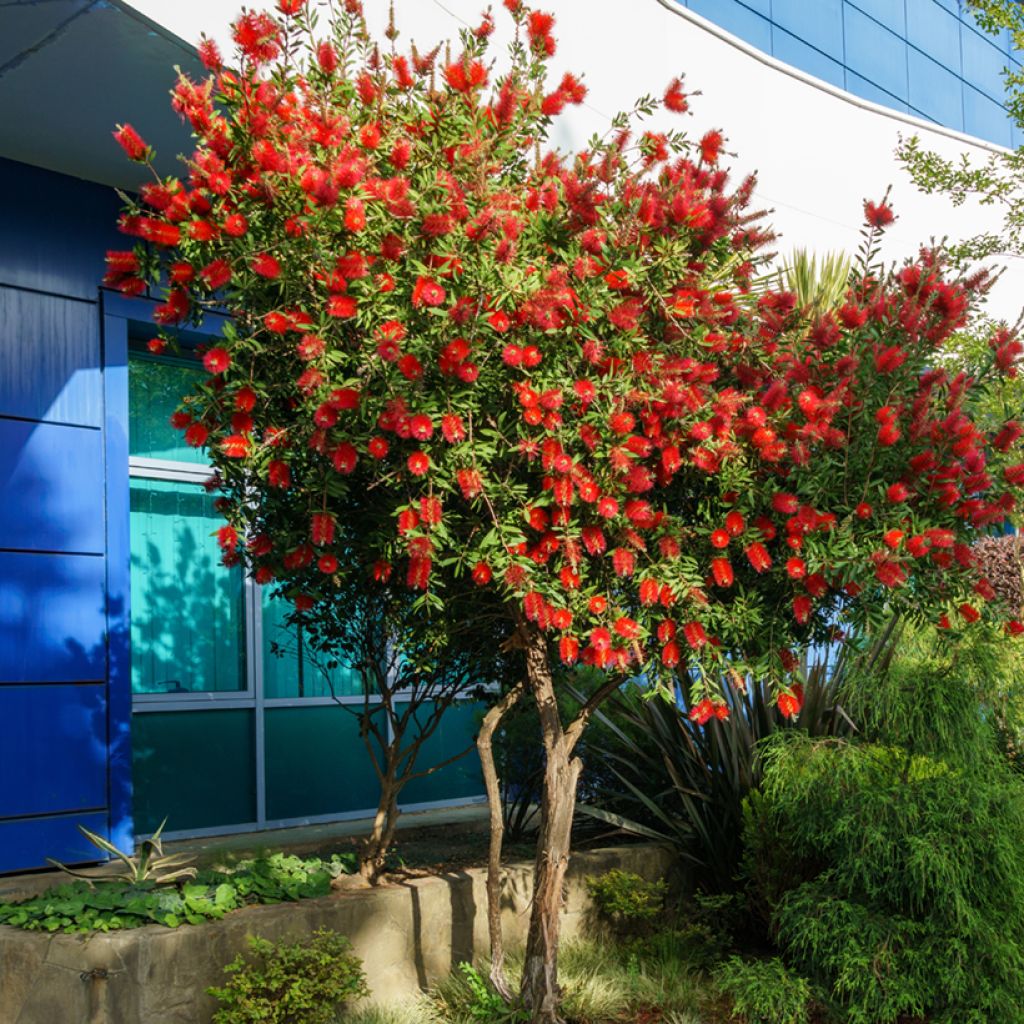

Callistemon rigidus - Bottlebrush
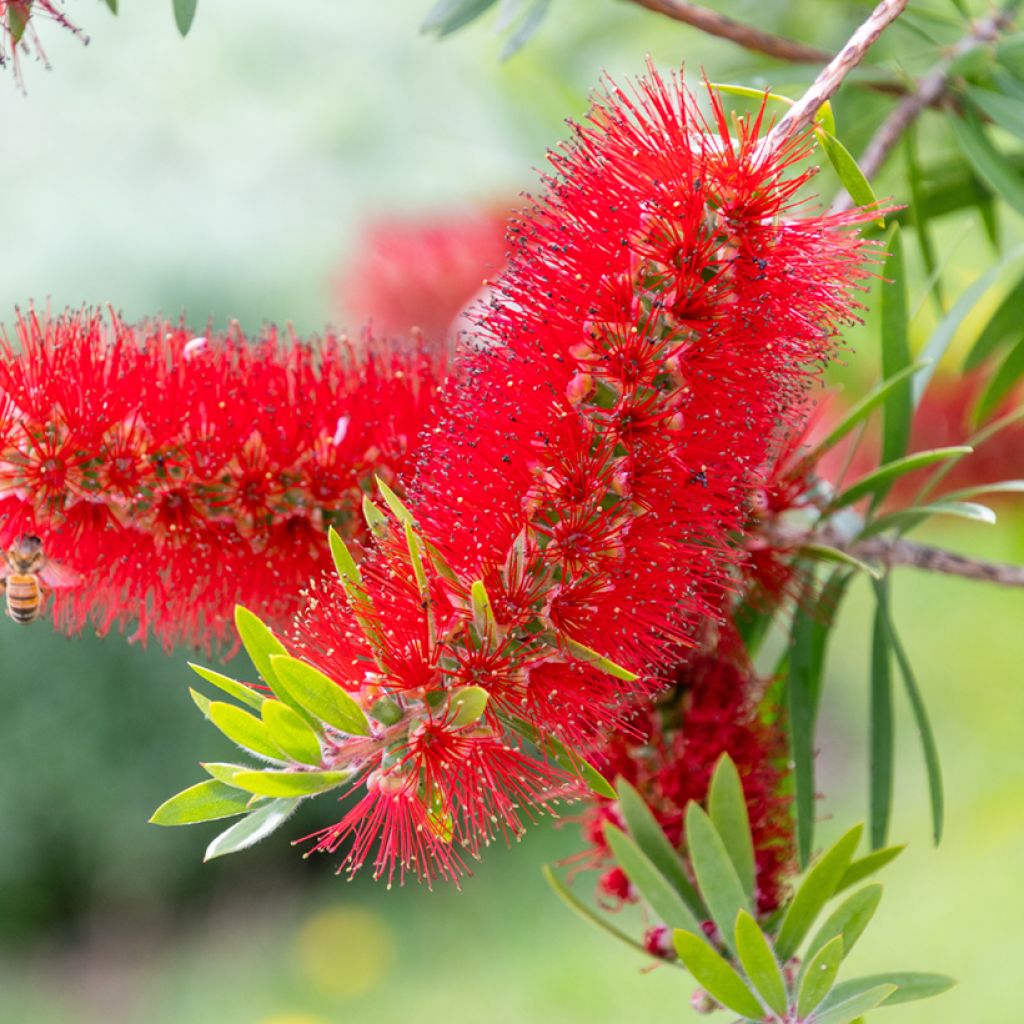

Callistemon rigidus - Bottlebrush
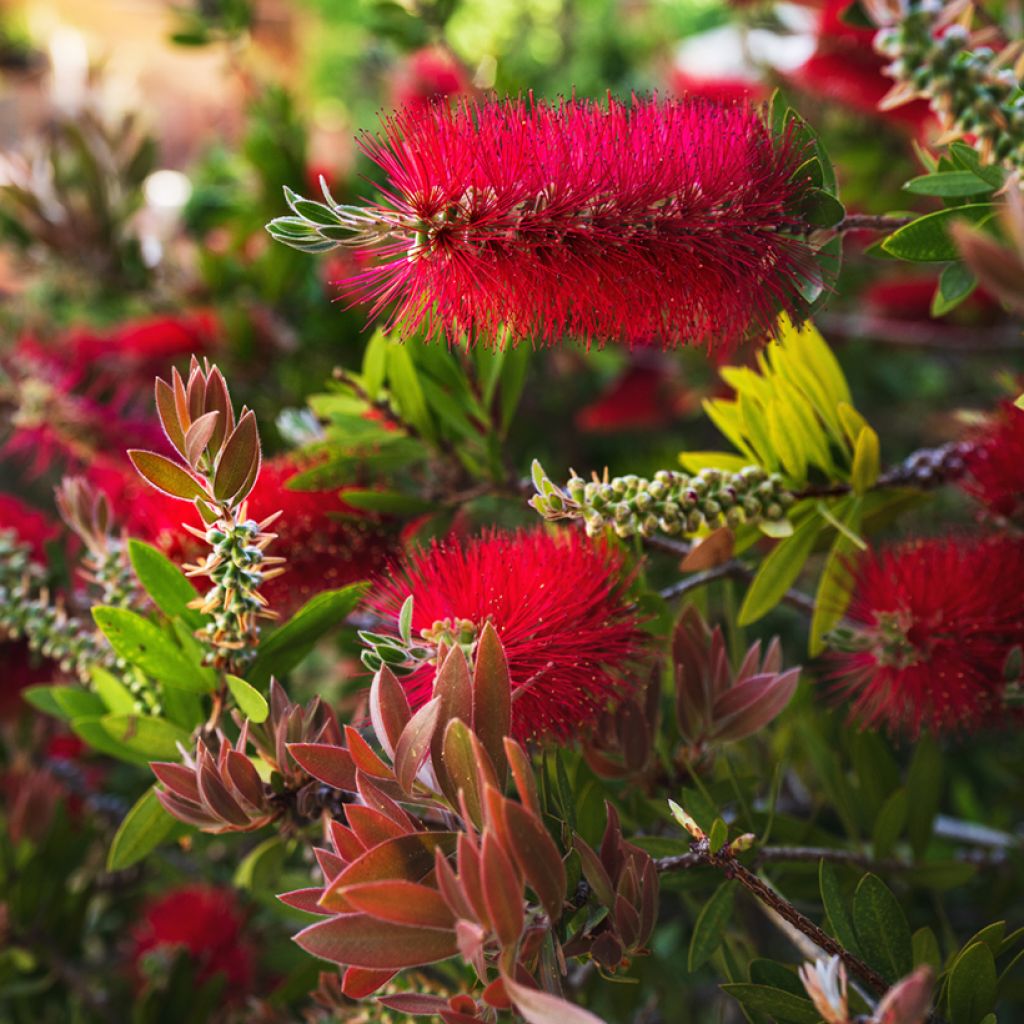

Callistemon rigidus - Bottlebrush
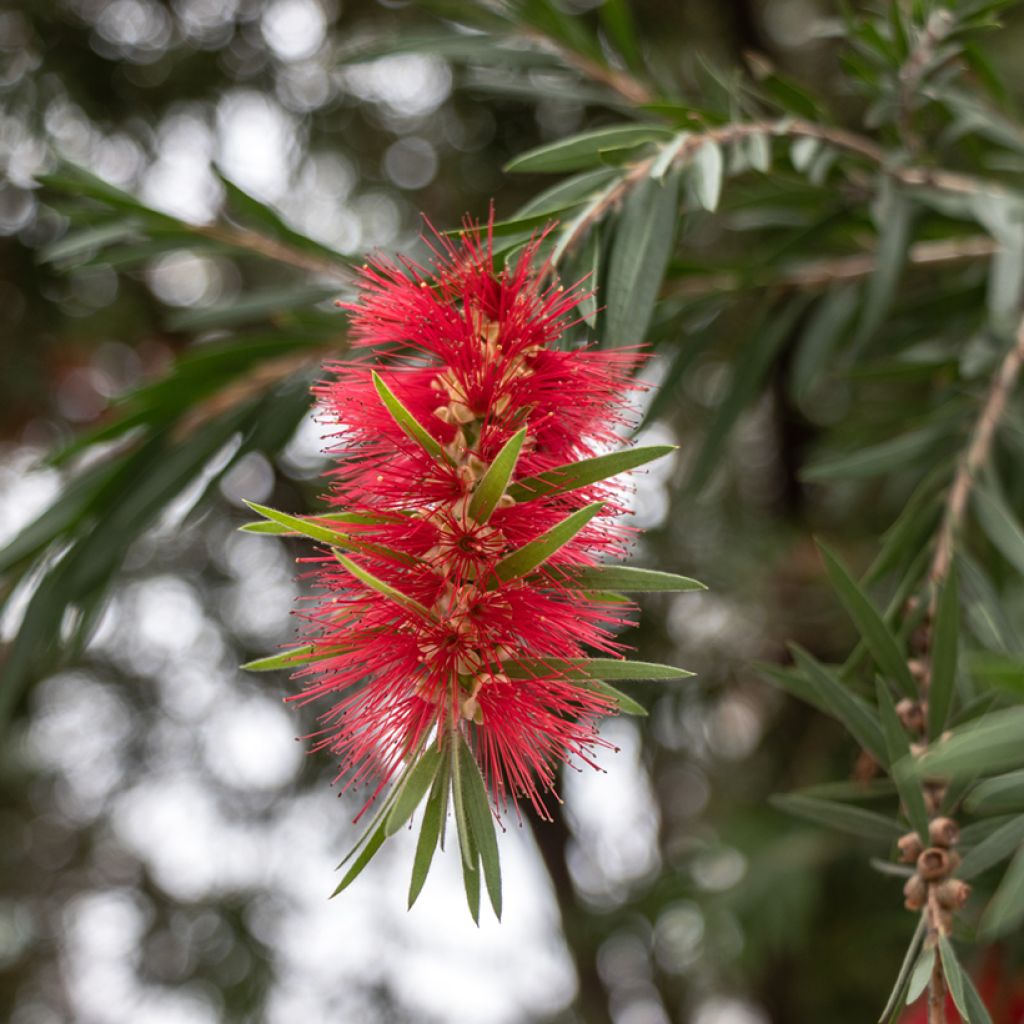

Callistemon rigidus - Bottlebrush
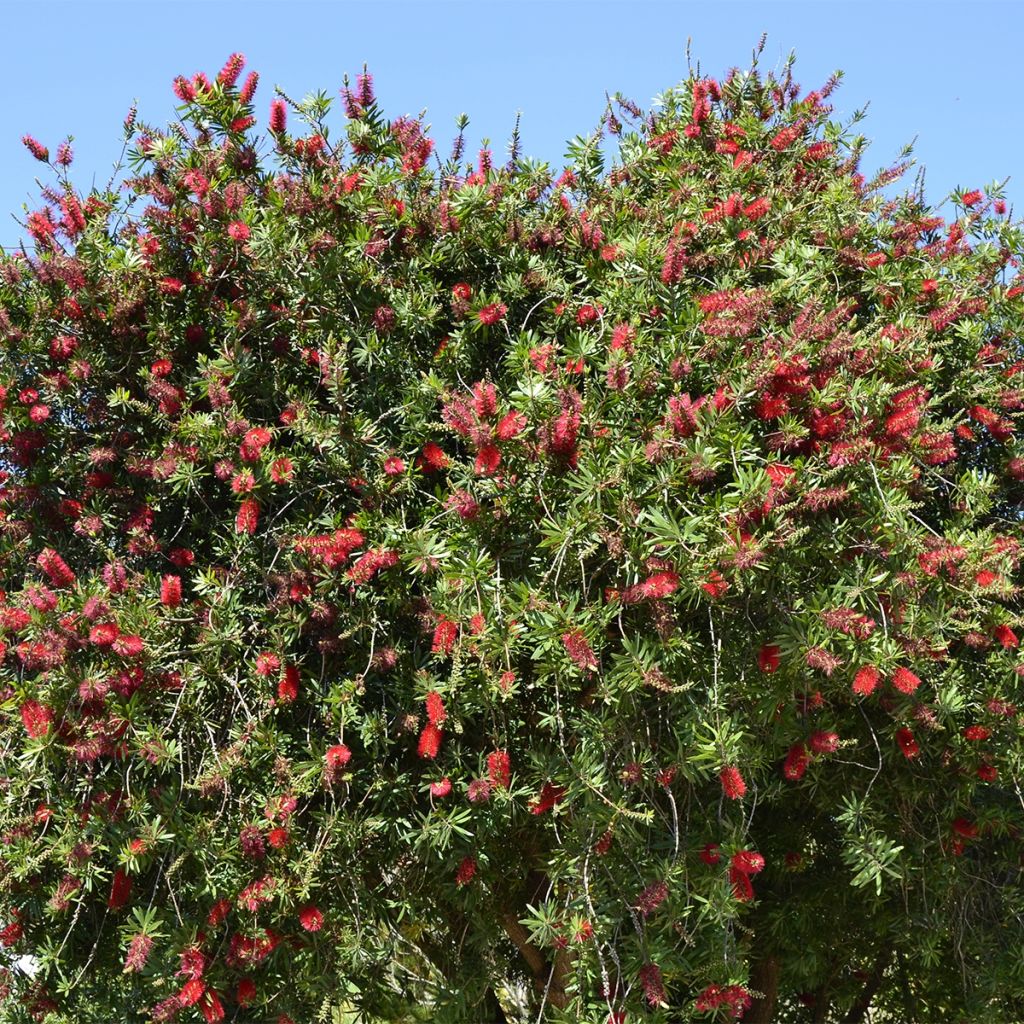

Callistemon rigidus - Bottlebrush
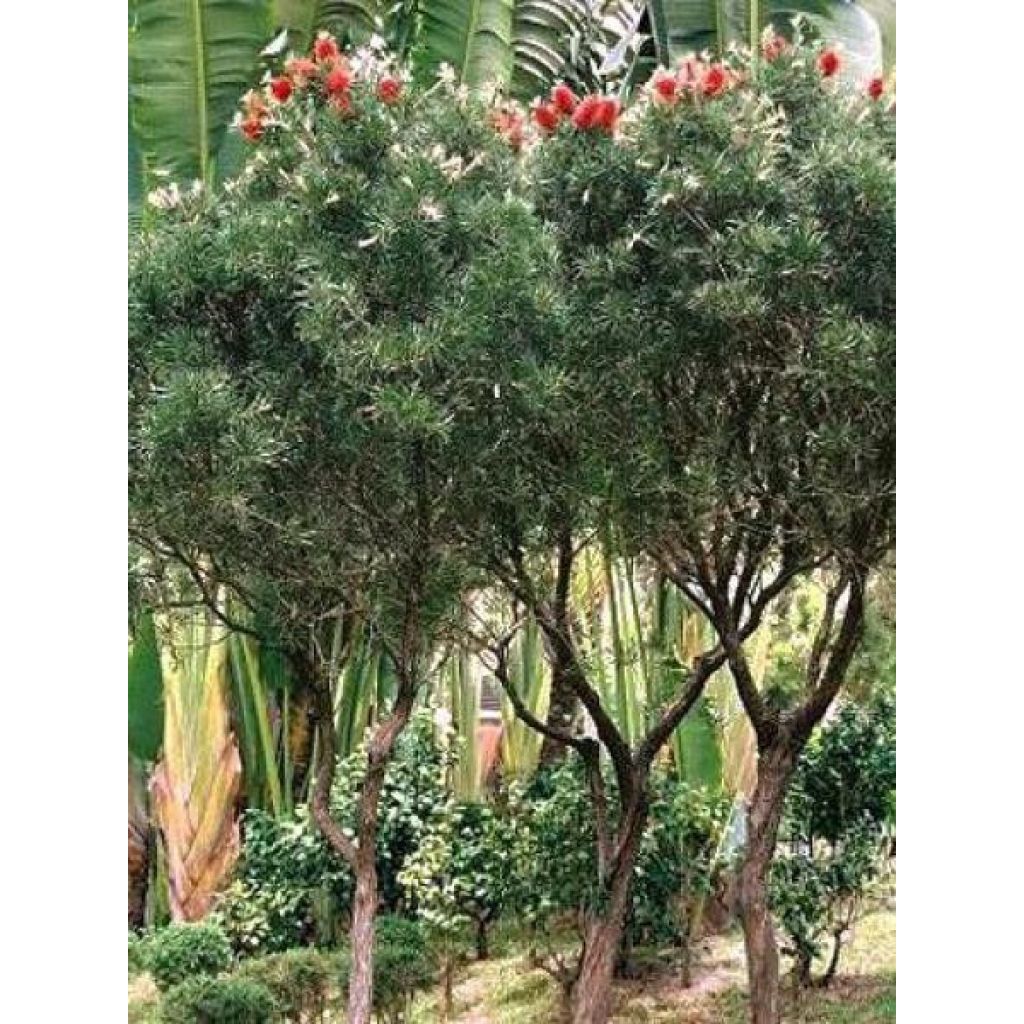

Callistemon rigidus - Bottlebrush
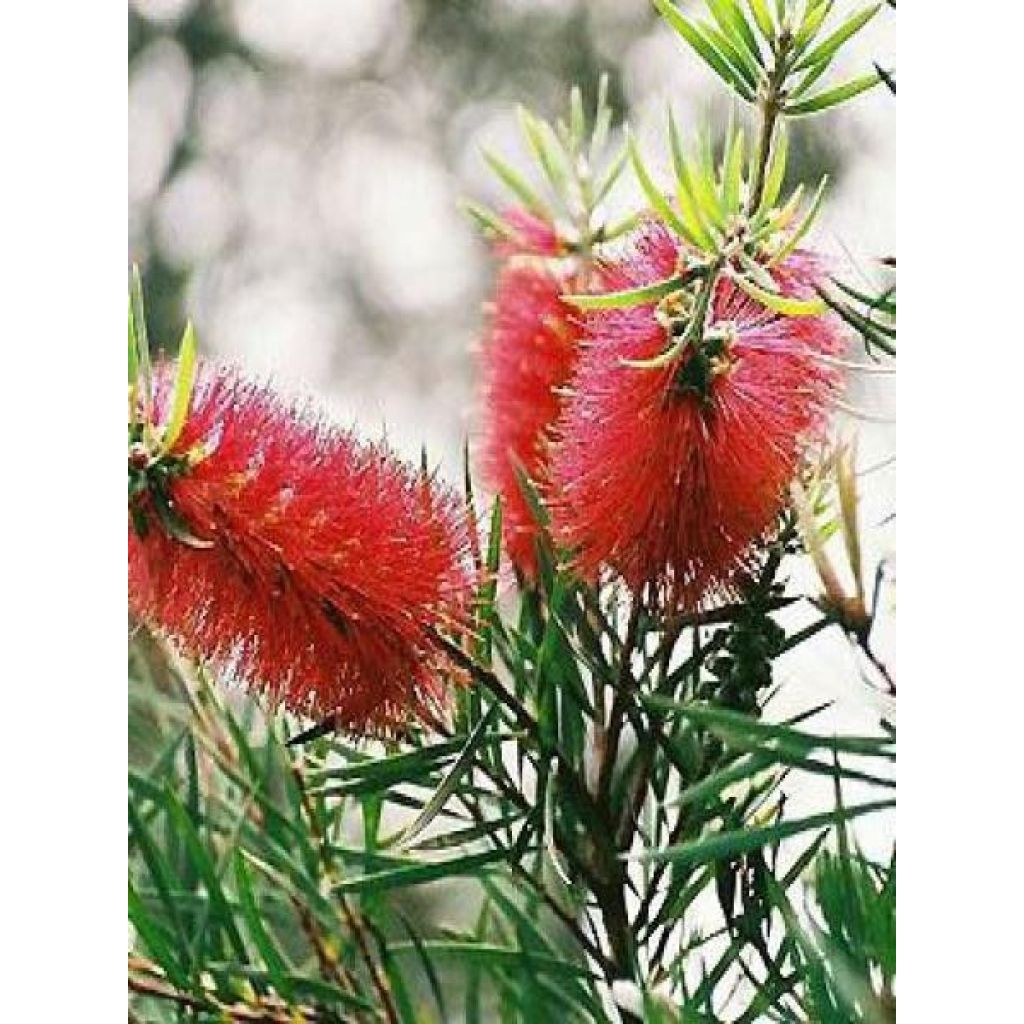

Callistemon rigidus - Bottlebrush
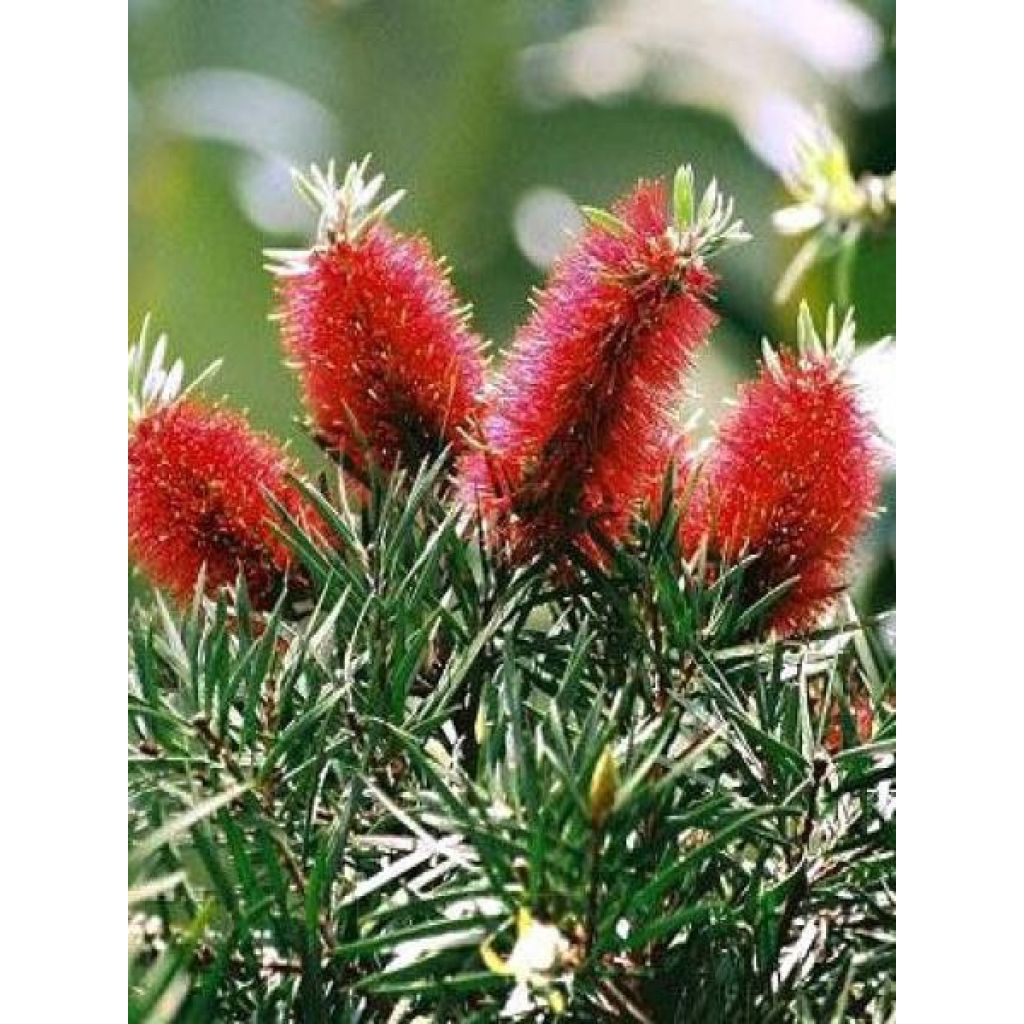

Callistemon rigidus - Bottlebrush
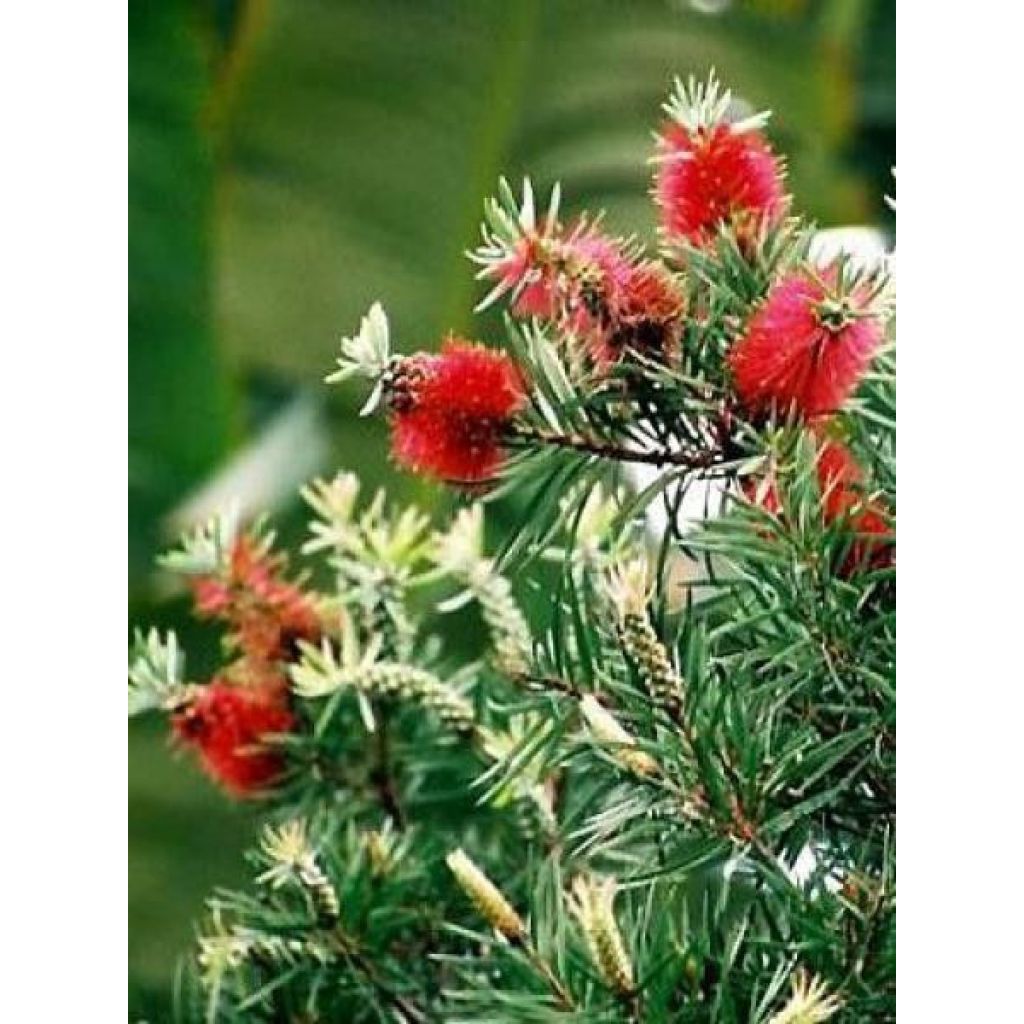

Callistemon rigidus - Bottlebrush


Callistemon rigidus - Bottlebrush


Callistemon rigidus - Bottlebrush


Callistemon rigidus - Bottlebrush


Callistemon rigidus - Bottlebrush
Callistemon rigidus - Bottlebrush
Callistemon rigidus
Stiff Bottlebrush, Erect Bottlebrush
Small bush that will grow big and seems well established. We'll see...
Nath44, 31/05/2025
Special offer!
Receive a €20 voucher for any order over €90 (excluding delivery costs, credit notes, and plastic-free options)!
1- Add your favorite plants to your cart.
2- Once you have reached €90, confirm your order (you can even choose the delivery date!).
3- As soon as your order is shipped, you will receive an email containing your voucher code, valid for 3 months (90 days).
Your voucher is unique and can only be used once, for any order with a minimum value of €20, excluding delivery costs.
Can be combined with other current offers, non-divisible and non-refundable.
Home or relay delivery (depending on size and destination)
Schedule delivery date,
and select date in basket
This plant carries a 24 months recovery warranty
More information
We guarantee the quality of our plants for a full growing cycle, and will replace at our expense any plant that fails to recover under normal climatic and planting conditions.

Would this plant suit my garden?
Set up your Plantfit profile →
Description
Callistemon rigidus, also known as rigid bottlebrush due to its slightly stiff branches and fine tough foliage, is the hardiest red-flowered species in the genus, one of the most adaptable to soil conditions, and one of the most resistant to water shortage. These qualities make this Australian evergreen shrub popular among many gardeners who want to add flowers to their dry gardens in early summer. Despite its rough appearance, Callistemon rigidus continues to charm with its robust health and dazzling flowering in purple-red bottlebrushes, beautifully dusted with golden yellow pollen.
Callistemon rigidus is an evergreen shrub from the Myrtaceae family, related to myrtles and Leptospermum. This botanical species is native to New South Wales, Australia. However, unlike many others, it does not grow near watercourses but in poor, deep, and sometimes dry soils, tolerating the presence of clay or limestone.
It is suitable for mild climates, forming a slightly stiff, upright bush with a lightly spreading habit if not pruned, composed of rigid branches. Its growth rate is rather fast, reaching a height of 2.5 m (8. ft) (sometimes more) and a width of 2 m (6.6 ft) at maturity, under favourable conditions. Its sparse, slender, and narrow foliage is composed of tough leaves that are 4 cm (1.6 in) long and 4 mm (0.2 in) wide. They are dark green and release a scent reminiscent of eucalyptus and lemon when crushed. In May-June, its inflorescences appear at the ends of branches, just above the young leaves. They are composed of petal-less flowers but with very long stamens in a purple-red colour, arranged in upright cylindrical spikes. The flowering is followed by the formation of small, very hard, cup-shaped fruits embedded in the bark. It is also a honey-rich and nectar-rich plant that attracts many pollinating insects to the garden. To maintain a bushy habit, this Callistemon must be pruned immediately after flowering.
Hardy to about -10° C to -12° C (14° F to 10.4° F), Callistemon rigidus withstands summer drought very well and presents an original, somewhat ungainly silhouette of a plant adapted to difficult conditions and poor soils. With a little care, it can become a beautiful hedge shrub or even an interesting focal point in the centre of a bed of low or creeping plants. For example, creeping rosemary, small-sized cistus (Cistus x pulverulentus, Cistus x skanbergii), California poppies, Convolvulus cneorum, Nepeta x faassenii can be chosen. In a mixed hedge, it can be planted with Grevillea, Caesalpinia gillesii, Leptospermum, and Melaleuca. It can also be planted in an evergreen hedge, accompanied by a shrubby ceanothus ('Italian Skies', 'Concha', 'Puget Blue', 'Skylark'), a spring-flowering broom, or oleanders (Nerium oleander 'Soleil Levant' or 'Provence'). Its good tolerance to salt allows for coastal exposure, facing wind and spray.
Callistemon rigidus - Bottlebrush in pictures


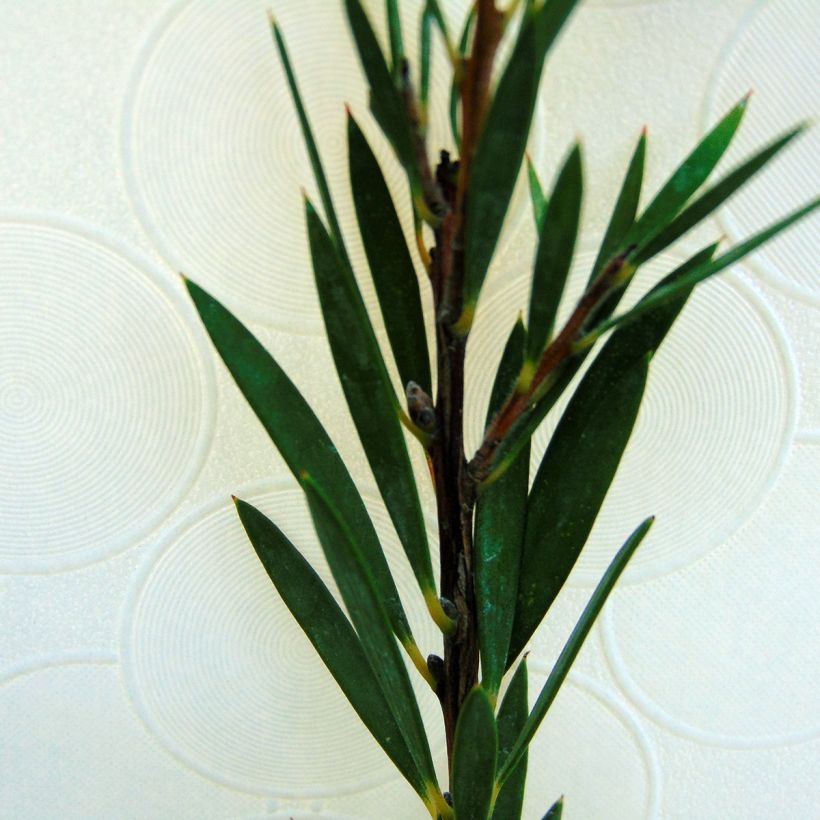

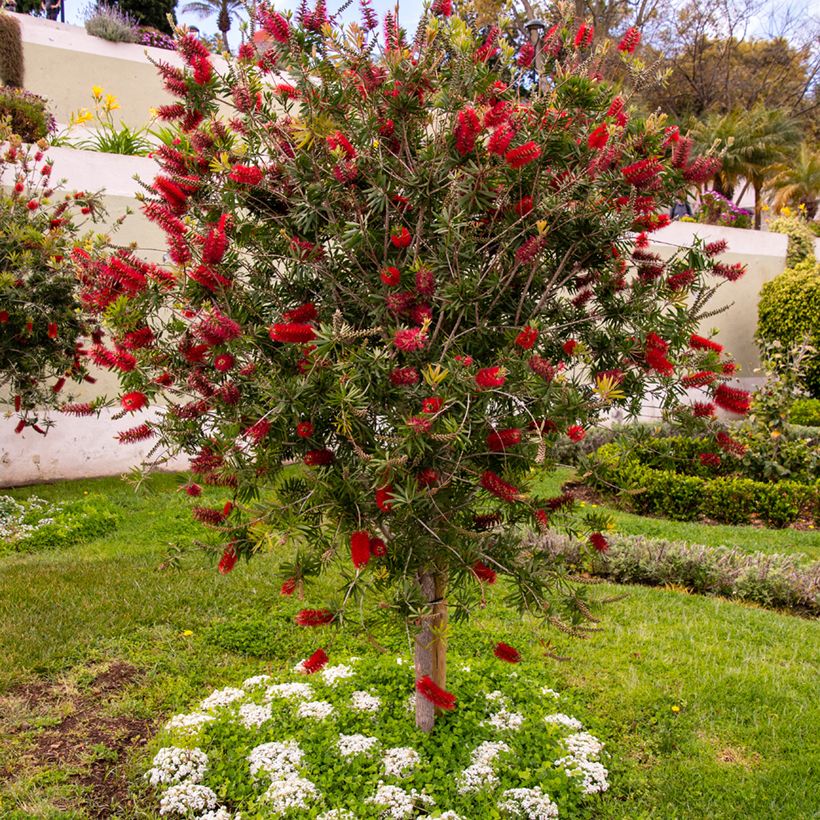

Plant habit
Flowering
Foliage
Botanical data
Callistemon
rigidus
Myrtaceae
Stiff Bottlebrush, Erect Bottlebrush
Australia
Other Callistemon
View all →Planting and care
Plant in spring or early autumn in very mild climates. It will thrive in light, well-drained soil, ranging from moist to very dry in summer, although it appreciates regular watering to support its beautiful flowering. Loose, deep, light soil, whether humus-rich, slightly rocky or sandy, slightly acidic, neutral or even limestone and clayey, will do. If your soil tends to be heavy, dig a hole and fill it with a mixture of compost, coarse sand or gravel, and garden soil. This species is much less prone to chlorosis than Callistemon laevis, for example. It tolerates sea spray and summer drought. However, monitor watering during the first 2 summers: callistemon should never show signs of dehydration; if it does, it will have difficulty recovering. It will thrive in full sun and prefers warm roots. Under these conditions, it is hardy down to -10° C to -12° C (14° F to 10.4° F) and can live for many years. Wrap it in winter protection in colder regions and isolate it from the cold as much as possible. Plant it in the warmest corner of the garden, in full sun against a south-facing wall. However, in regions further from the sea, cultivate it in a large pot and store it indoors during winter, in a bright but unheated room. To maintain a bushy habit, prune after flowering.
Cultivation in pots:
Ensure good drainage at the bottom of the pot, which should be of a large volume. Use a lightweight substrate enriched with leaf compost and apply a slow-release fertiliser in late winter and autumn. Water generously in summer, allowing the soil to dry out a little between waterings. The more you water, the more your callistemon will flower.
Propagate by sowing seeds in autumn. They retain their seed viability for 3 years. To release the seeds, which are as fine as dust, from their hard shells, simply pass them quickly over a candle flame. The heat will cause the shells to burst, releasing the seeds. Make sure to place a cloth or piece of paper on your work surface to collect the seeds.
Propagation by semi-hardwood cuttings in autumn or spring is also possible.
Planting period
Intended location
Care
Planting & care advice
-
, onOrder confirmed
Reply from on Promesse de fleurs
Similar products
Haven't found what you were looking for?
Hardiness is the lowest winter temperature a plant can endure without suffering serious damage or even dying. However, hardiness is affected by location (a sheltered area, such as a patio), protection (winter cover) and soil type (hardiness is improved by well-drained soil).

Photo Sharing Terms & Conditions
In order to encourage gardeners to interact and share their experiences, Promesse de fleurs offers various media enabling content to be uploaded onto its Site - in particular via the ‘Photo sharing’ module.
The User agrees to refrain from:
- Posting any content that is illegal, prejudicial, insulting, racist, inciteful to hatred, revisionist, contrary to public decency, that infringes on privacy or on the privacy rights of third parties, in particular the publicity rights of persons and goods, intellectual property rights, or the right to privacy.
- Submitting content on behalf of a third party;
- Impersonate the identity of a third party and/or publish any personal information about a third party;
In general, the User undertakes to refrain from any unethical behaviour.
All Content (in particular text, comments, files, images, photos, videos, creative works, etc.), which may be subject to property or intellectual property rights, image or other private rights, shall remain the property of the User, subject to the limited rights granted by the terms of the licence granted by Promesse de fleurs as stated below. Users are at liberty to publish or not to publish such Content on the Site, notably via the ‘Photo Sharing’ facility, and accept that this Content shall be made public and freely accessible, notably on the Internet.
Users further acknowledge, undertake to have ,and guarantee that they hold all necessary rights and permissions to publish such material on the Site, in particular with regard to the legislation in force pertaining to any privacy, property, intellectual property, image, or contractual rights, or rights of any other nature. By publishing such Content on the Site, Users acknowledge accepting full liability as publishers of the Content within the meaning of the law, and grant Promesse de fleurs, free of charge, an inclusive, worldwide licence for the said Content for the entire duration of its publication, including all reproduction, representation, up/downloading, displaying, performing, transmission, and storage rights.
Users also grant permission for their name to be linked to the Content and accept that this link may not always be made available.
By engaging in posting material, Users consent to their Content becoming automatically accessible on the Internet, in particular on other sites and/or blogs and/or web pages of the Promesse de fleurs site, including in particular social pages and the Promesse de fleurs catalogue.
Users may secure the removal of entrusted content free of charge by issuing a simple request via our contact form.
The flowering period indicated on our website applies to countries and regions located in USDA zone 8 (France, the United Kingdom, Ireland, the Netherlands, etc.)
It will vary according to where you live:
- In zones 9 to 10 (Italy, Spain, Greece, etc.), flowering will occur about 2 to 4 weeks earlier.
- In zones 6 to 7 (Germany, Poland, Slovenia, and lower mountainous regions), flowering will be delayed by 2 to 3 weeks.
- In zone 5 (Central Europe, Scandinavia), blooming will be delayed by 3 to 5 weeks.
In temperate climates, pruning of spring-flowering shrubs (forsythia, spireas, etc.) should be done just after flowering.
Pruning of summer-flowering shrubs (Indian Lilac, Perovskia, etc.) can be done in winter or spring.
In cold regions as well as with frost-sensitive plants, avoid pruning too early when severe frosts may still occur.
The planting period indicated on our website applies to countries and regions located in USDA zone 8 (France, United Kingdom, Ireland, Netherlands).
It will vary according to where you live:
- In Mediterranean zones (Marseille, Madrid, Milan, etc.), autumn and winter are the best planting periods.
- In continental zones (Strasbourg, Munich, Vienna, etc.), delay planting by 2 to 3 weeks in spring and bring it forward by 2 to 4 weeks in autumn.
- In mountainous regions (the Alps, Pyrenees, Carpathians, etc.), it is best to plant in late spring (May-June) or late summer (August-September).
The harvesting period indicated on our website applies to countries and regions in USDA zone 8 (France, England, Ireland, the Netherlands).
In colder areas (Scandinavia, Poland, Austria...) fruit and vegetable harvests are likely to be delayed by 3-4 weeks.
In warmer areas (Italy, Spain, Greece, etc.), harvesting will probably take place earlier, depending on weather conditions.
The sowing periods indicated on our website apply to countries and regions within USDA Zone 8 (France, UK, Ireland, Netherlands).
In colder areas (Scandinavia, Poland, Austria...), delay any outdoor sowing by 3-4 weeks, or sow under glass.
In warmer climes (Italy, Spain, Greece, etc.), bring outdoor sowing forward by a few weeks.






























